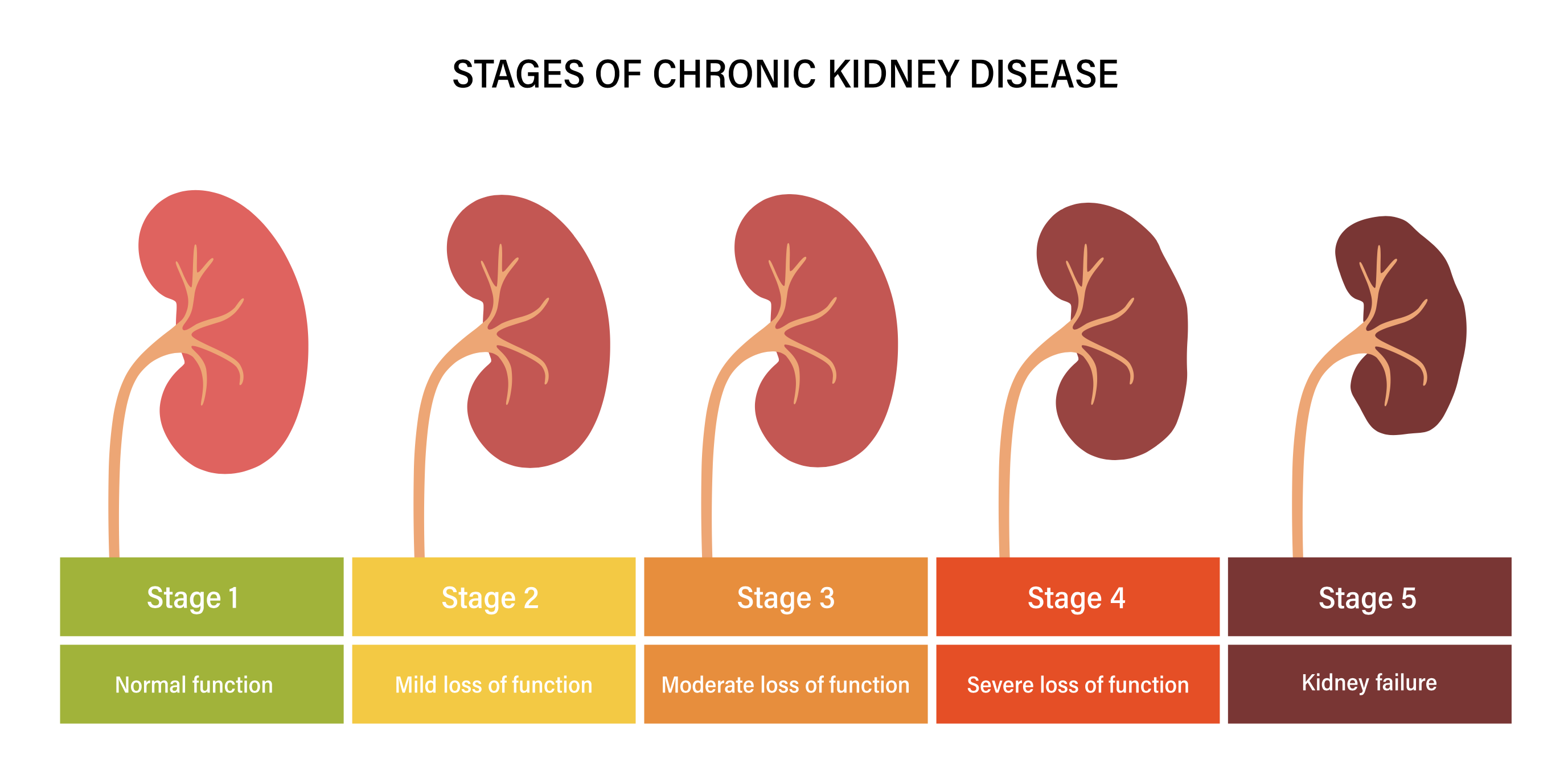Responsum for CKD
{{user.displayName ? user.displayName : user.userName}}
{{ user.userType }}

In an event hosted by the IgA Nephropathy Foundation, a nephrology professor shares tips on how to read and interpret your CKD lab results.
Reading and interpreting your chronic kidney disease (CKD)-related lab results can seem complex. At the IgA Nephropathy Foundation’s Spark 2020 conference, Dr. Dana Rizk, professor of medicine of the nephrology division at UAB Medicine in Birmingham, Alabama, explained the most common CKD tests so you can better understand your results.
The presentation focused on kidney function labs, such as those for estimating glomerular filtration rate (eGFR), and detecting proteinuria (increased levels of protein in the urine). Your doctor will also check your metabolic function through tests for anemia, potassium, acidosis, and mineral bone disease, all of which can result from poor kidney function.
We have two kidneys that filter blood, which is cleaned and recollected, then redirected to our renal veins. The product of the filtration process, which is composed of excess waste and fluids, is excreted as urine.
In essence, the kidneys:
The estimated glomerular filtration rate (eGFR) measures how well the blood is being filtered by the kidneys. Your eGFR is calculated using your creatinine levels, age, race, and gender. A GFR above 60, and a creatinine number below 1.2, are considered “good.” Learn more about eGFR in our blog post.
Creatinine is generated by the body at a steady rate, it indicates dysfunction in kidneys when there is a buildup of creatinine in the blood, and the test is relatively inexpensive. It does have its limitations, however. “It can take a long time for creatinine to rise despite there being a presence of declining kidney function,” warned Dr. Rizk, adding that “levels can be affected by many factors, such as muscle mass, aging, medications, gender, and high-protein intake.”
Depending on eGFR levels, patients are diagnosed with CKD stage 1, 2, 3, 4, or 5 (known as end-stage renal disease).

Blood and proteins do not normally appear in urine. Their persistent appearance in more than trace amounts can indicate a malfunction in your glomerular filtration, and be an early sign of kidney disease. A urine dipstick will help identify the presence of both substances. A 24-hour urine collection test is deemed more accurate than a spot urine test.
Proteinuria is also diagnosed by measuring the amount of the protein albumin in your urine compared to the amount of creatinine, or your urine albumin-to-creatinine ratio (UACR). If your kidneys are functioning well, your UACR won’t be more than 30 mg/g.
The more protein present, the less the chance of kidney survival, said Dr. Rizk, but with early detection and treatment, it’s possible to improve your prognosis.
Your metabolic functions may be at risk if you have CKD, as your kidneys affect many body systems. Doctors monitoring you for hematuria and proteinuria will also be on the lookout for:
Anemia: Anemia, an iron deficiency due to low red blood cell count, may be diagnosed if your blood hemoglobin levels are outside the 9.5-11.5 mg/dl range. Anemia can be treated with erythropoietin and iron supplementation.
Hyperkalemia: Hyperkalemia is the medical condition of having higher than normal potassium levels, which can result from poor kidney function. Potassium levels are analyzed via a blood test. Diet restriction and careful use of certain drugs can help reduce levels.
Acidosis: Acidosis is the buildup of acid in the blood due to the body’s inability to filter out and excrete the acid, and/or to fully reclaim bicarbonate that can neutralize the acid. Bicarbonate levels are monitored through blood tests, and treatment involves bicarbonate supplements to stabilize levels.
Bone mineral disease: Since the kidneys interact with the gut–where nutrients for bone health are absorbed–bone health can suffer when a kidney malfunctions. Hyperphosphatemia (high phosphorus), low vitamin D, and elevated parathyroid hormone are just a few complications related to poor kidney function that impact bone health. Phosphorus and vitamin D supplementation are key in supporting bone health in those with CKD.
By understanding the measurements associated with your kidney health and any subsequent complications, you are empowered to read and discuss future lab work with your healthcare provider.
*IgA Nephropathy Foundation.” (2020, August 30). “Spark 2020 | Understanding Your Lab Results & Alnyam.” [Video file]. Retrieved from https://www.youtube.com/watch?v=URHrJsPQiK0
Source: {{articlecontent.article.sourceName}}
Receive daily updated expert-reviewed article summaries. Everything you need to know from discoveries, treatments, and living tips!
Already a Responsum member?
Available for Apple iOS and Android
Add Comments
Cancel